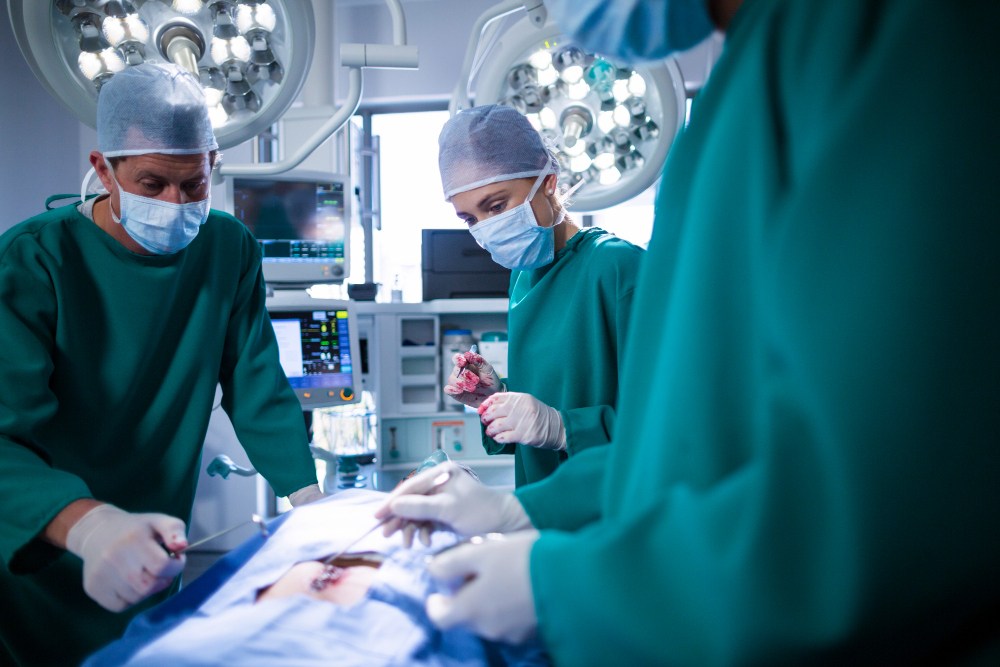-
 Mail us
Mail usinfo@myhealthhospitals.com
-
 Toll Free
Toll Free+91 9111674111
- Book Appointment
Orthopedics
My health hospitals has best Orthopedicians with 10 + years of experience in the field of orthopedics and trauma in treatment of various types of fractures secondary to traima with best results through safe and painless surgery with less hospital stay duration and prevent future problems and recurrence .
The most common causes of fractures are:

Symptoms of bone fractures include:

Your Orthopedician first takes your history of any trauma and anticipates on the likely bone that can be fractured and the cause of the symptoms . He will den do physical examination of the affected part to look for pain , swelling and restricted mobility and does first aid if needed and stabilizes the joint /bone and advises imaging tests to confirm the diagnosis of a fracture .
You’ll need at least one of a few imaging tests to confirm the diagnosis of your fracture:

Treatment of fractures depends on the cause , site of fracture and severity of fracture ( simple or complex) . Your orthopedician goes through your history , examination , and imaging tests and decides on the management plan and it can be either of these -
If your fracture is mild and your bones are not displaced ( if it’s non-displaced), you might only need IMMOBILISATION of the fractured site and some times the limb by splints or casts (POP-Plaster of paris ) . Splinting usually lasts for four to six weeks and a cast lasts six to eight weeks. In both cases you’ll likely need follow up X-rays at regular intervals to make sure your bones are healing correctly.
For simple fractures you will require a closed reduction to set (realign) your fractured bones. During this non-surgical procedure, your orthopedician will physically align the fractured bones with external pressure under anaesthesia preferably (Local / sedatives / general anaethesia ) . After the closed reduction of the fractured bones , your orthopedician will put you in a splint or cast for immobilization for 4-6 weeks .
Depending on which type of fracture you have and if it complex fracture (multiple small fractures at one site ), the surgeon may opt for OPEN REDUCTION and INTERNAL FIXATION. The surgeon explains the procedure , duration of surgery , its benefits and risks , approximate duration of hospital stay and post op care after surgery.
Your orthopedician will realign your fractured bones to their correct position and will secure them in place so that they can heal faster . They usually perform what’s called an internal fixation, which means your surgeon(orthopedician) inserts implants(metal plates/rods/screws) into your bone to hold it in place while it heals and you might need follow-up surgeries to remove them. You’ll need to limit the bone or joint movements until the fracture heals .
You might need an external fixation for some fractures which are very complex for temporary stabilisation before actually going for internal fixation.The surgeon will put some screws in your bone on either side of the fracture and connect them externally to a brace or bracket .
If you fracture a joint (like your shoulder, elbow or knee) you might need a joint replacement . Your orthopedician will remove the damaged joint due to fracture as it cannot be re united and replace it with an artificial joint. The artificial joint (prosthesis) can be made of metal, ceramic or heavy-duty plastic.
If your fracture is severely displaced or if your bone isn’t healing back an additional bone tissue is used to rejoin the fractured bone. Later Internal fixation is done to keep the fragments together. Bone grafts can be taken from few sites:
After your surgery, your bone will be immobilized. You might need a splint, cast, brace or sling for certain period of time before you start using the fractured limb or joint as before.

Most people who break a bone make a full recovery and can resume their typical routine after their fracture treatment and bone healing after 6 weeks.
Bone fractures themselves don’t cause fevers. However, if you have a fever, or the area around your broken bone feels warm or hot go to your surgeon. This can be a sign of a serious infection that needs to be examined by a orthopedician right away.
If you think you have a bone fracture after trauma, you need to see a orthopedic surgeon as soon as possible. Go to your doctor if you experience any of the following:
Depending on which type of immobilization or surgery you needed to repair your fracture, you should be able to start moving again in a few weeks(4-6 weeks ). More severe fractures can take a year or more to heal.
A stress fracture is a small crack in one of your bones. Stress fractures are exactly what their name sounds like — fractures that happen when something puts too much stress on your bone. Stress fractures are also called hairline fractures, a name that refers to the hairline crack that forms in your bone.
If you cannot find answers to your queries, please fill out the ENQUIRY form or call the number below. We will contact you shortly
+91 9111674111